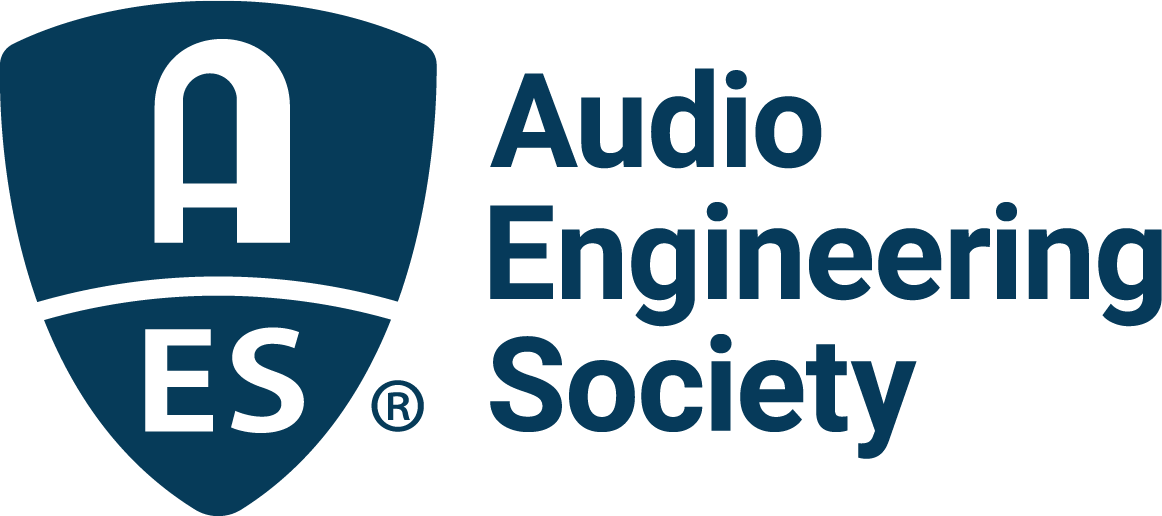The past decade saw substantial advancements in various areas of spatial audio. First of all, new surround sound formats employing so-called “height” loudspeakers have been introduced, aiming to provide the audience with three-dimensional (3D) listening experiences. This has led to active research on the perceptual mechanism of vertical stereophony as well as the development of new recording and mixing techniques for such formats.Object-based audio (OBA) is a new approach for producing and delivering spatial audio content, which is being rapidly adopted by the film and broadcast industries. OBA utilizes metadata for each audio object in order to flexibly render spatial audio to best suit the user’s playback system, as opposed to conventional channel-based audio (CBA) that relies on a specific loudspeaker configuration.Furthermore, a scene-based audio (SBA) format has also been advanced, benefiting from higher-order Ambisonics (HOA) technology matured over the years. It offers a flexible rendering of the sound field and is widely used in interactive audio and electroacoustic music applications. The recently standardized MPEG-H 3D audio supports all of the CBA, OBA and SBA formats, allowing efficient storage and transmission of a large number of audio signals.Below is my collection of some of the AES papers from the past 10 years and other useful materials to help you catch up with the state-of-the-art of research and development in spatial audio.
Spatial Audio

